Murder at Castle Nathria, Hearthstone's next expansion, is just around the corner, as it will go live on August 2nd. Now that the reveal season is over and we know all the new cards, it is easier to draw conclusions. In this article, we'll express our ideas about the new mechanics introduced in this set, discussing some of the new cards and the implications for the future of the game.
To be thorough, here are all the new game mechanics we're going to see in Murder at Castle Nathria:
- New Keyword: Infuse - After the specified number of friendly minions die while the Infuse card is in your hand, the Infuse card transforms into a more powerful version.
- New Card Type: Locations - Cards with an ability that can be activated for free on your turns for a powerful effect, for the cost of 1 Durability.
- New Card Cycle: Suspicious Suspects - Who killed Sire Denathrius? Each class will receive a suspect in the form of a Legendary minion
- New Card Cycle: Covenant Spells - Each suspect receives a spell recalling their allegiance with one of the four Covenants in the Shadowlands.
- New Card Cycle: Suspicious Minions - Minions that lets you Discover a specific type of card; however, if your opponent guessed which one you picked, they get a copy as well!
- New Theme: Volatile Skeletons - Brand new Mage mechanic focused around the Volatile Skeleton unit.
- New Theme: Wildseeds - A set of 3 uncollectible Dormant Beasts for Hunter, which you can summon in multiple ways.
- New Theme: Relics - Powerful Demon Hunter artifacts, directly from Sire Denathrius' private collection!
Infuse - New Card Keyword
Let's start with the expansion's unique keyword, Infuse. Seems similar to Corrupt/Corrupted from Madness at the Darkmoon Faire, Infuse requires you to meet a certain condition in order to "upgrade" the card into a more powerful version of itself. While Corrupt asked you to play a more expensive card, an Infuse card needs a certain number of friendly minions to die while it is in your hand in order to transform into its Infused counterpart (e.g. a card with Infuse (2) will require 2 friendly minions to die while it's in your hand).
As confirmed by Hearthstone Developer Cora "Songbird" Georgiou, Infused cards are effectively new cards: even if you, let's say, shuffle one of them back in your deck, they will stay as they are and they won't return to their Infuse base form.
Infuse is a very flexible keyword, as it allows Team 5 to branch out into several designs: you can use this keyword to add additional value to your hand, improve your board, make your minions cost less or, let's say, increase their damage output.
Priest of the Deceased - Probably the simplest way to explain how the Infuse mechanic works: you have a River Crocolisk with Taunt, which however gets significantly stronger after three friendly minions die while it's in your hand. Just like any other "basic" card showcasing a keyword, it will probably see very little play, but units like Priest of the Deceased are essential for every new mechanic.
Frozen Touch - Infuse can get a lot fancier than Priest of the Deceased. Frozen Touch reminds us of Dragonbane Shot, with the exception that it trades the Honorable Kill keyword for Infuse (3). Of course, the Touch added to your hand will be the Infuse version and not the Infused one, meaning that you'll have to charge it up again in order to get an additional Touch later in the game. In other words, you'll be able to chain at best 6 damage (3 from the Infused version and 3 from the Infuse one added to your hand) for 4 mana.
Huntsman Altimor - Here's another very interesting application of the Infuse keyword. Although Huntsman Altimor is pretty mediocre in its base form (a 7 mana Animal Companion with an additional 5/4: not particularly enticing), it has two Infuse steps, so that you will be able to gain some form of upside even if Altimor is not fully juiced - this design kind of reminds us of Questlines' mid-game rewards, transitioning away from an "all-or-nothing" type of gameplay.
View All Castle Nathria's Infuse Cards
Sire Denathrius Finally, we have Infuse's equivalent of Horrendous Growth. This units starts out with a not-so-astonishing Battlecry, but it gets better and better as you keep it in your hand. Of course, you'll have to know when it is safe to be greedy and when you should settle for the current amount of Infuses (Mutanus the Devourer will inevitably teach you the hard way), but we are sure that token-based decks will love it, especially in combination with Brann Bronzebeard and Kael'thas Sinstrider.
Team 5 mentioned that they want to use Infuse to make the game board matter as much as possible: we think they nailed it wonderfully.
Locations - New Card Type
After 5 years, Hearthstone finally welcomes a new type of card. Location cards are played onto the battlefield for an initial cost and have an ability that can be activated for free on your turns, each time for a powerful effect. Each activation consumes 1 Durability and has a 1-turn Cooldown. Every class will get their own Location card, which represents where they claim their suspect was at the time of the murder, and synergizes with the themes of the class.
There's a lot more to unpack regarding how Locations work: we'll list some more information, but if you want to read more we advise you to check this summary of a Q&A from Songbird.
- Locations will take up a space on the board until you've used up all their Durability.
- You can have more than one Location in play at once (not more than 7, obviously).
- In game, they work like Hero Powers: you click on them and you drag the arrow wherever you want.
- Locations have a 1-turn cooldown: you can use their effect the turn you play them, but you won't be able to do so on your next turn.
- Locations are here to stay - although they started with simple designs, we'll see more of them in the future.
- "They will be more common than Hero cards, but less common than weapons."
- They are brand new cards, not spells: "Can't be targeted by spells of Hero Powers" won't block them.
Regarding this last point, when Cathedral of Atonement was revealed we specifically asked Cora about Cathedral's interaction with Darkbishop Benedictus - the one you see below is her answer.
Quote From Songbird Hey @Songbird_HS, I have a question regarding the Location cards. If I understood it correctly, they are not spells: therefore, we may run Cathedral of Atonement in Shadow Priest without Darkbishop Benedictus whiffing, right?
Yep. That's absolutely correct.
Now let's see some of the new Location cards.
Cathedral of Atonement seems like an excellent form of card draw and board buff for Priest - almost a Paladin card! We think this Location has incredibly high chances to make the cut in Naga Serpent Wig Priest and possibly in Shadow Priest too. On paper, it seems one of the best cards of the expansion.
Sinstone Graveyard is designed to support Miracle Rogue, an archetype we haven't seen in quite a while. The Location itself reminds us of Biteweed/Edwin VanCleef, but with Stealth (!) and no cost, given that all the mana you need to spend is the one invested when you play Sinstone Graveyard itself!
View All Castle Nathria's Location Cards
Muck Pools - As you'll see multiple times throughout this article, Evolve Shaman seems to be back on the menu. 1 mana is a very cheap cost, especially when you can combine it with the likes of Maze Guide or Baroness Vashj for amusing swing turns. Although we're a bit scared of Evolve Shaman being back, we are still very curious to see its impact on the new meta.
Suspicious Suspects & Covenant Spells - New Card Cycle
Not really a mechanic, but a flavor card cycle. Sire Denathrius is dead and each class has a major suspect in the form of a Legendary minion. Each of these 10 Suspicious Suspects comes from different regions of the Shadowlands and has an allegiance with one of the four Covenants: they all have some connections with Sire Denathrius, as well as a reason to be suspected to be the actual culprit.
Stewart the Steward - After United in Stormwind on August 2021, here's another expansion that brings support to 'Dude' Paladin. Stewart reminds us of a better Descent of Dragons' Dragonrider Talritha with Silver Hand Recruit synergy: in fact, as long as your opponent doesn't Silence of transform the Recruit with the Stewart bonus effect, the buff will live on. All in all, Stewart the Steward pays the price of being part of an archetype that has rarely succeeded, so it is reasonable for the community to not be very optimistic about this unit's powerlevel, but the actual gameplay will tell us whether we're right or wrong.
Baroness Vashj - As we mentioned before, Evolve Shaman is back on the menu. Baroness Vashj can generate quite the swing turns, especially if you're able to cast multiple Evolve effects on her in the same turn: getting additional bodies while retaining the initial 3/6 and the possibility to snowball even more is going to be pretty good tempo-wise. However, Vashj rises and falls with the package she's supposed to work in: if Evolve Shaman won't be any good, then a rather sweet card like this may just rot in your collection.
Decimator Olgra - After more than a year of research, it appears that Mankrik finally found her wife. Decimator Olgra fits perfectly into Warrior's class identity: the more characters are damaged, the more Olgra grows and the harder she'll hit each enemy. While you can think of Decimator Olgra as a one-side Deathwing, Mad Aspect board clear, Olgra may also function as an unexpected source of burst damage: Warrior has plenty of Whirlwind effects; moreover, Conditioning (Rank 1) is going to be in Standard for another 8 months!
Covenant Spells - New Card Cycle
In the Shadowlands, each zone is dominated by one of four Covenants: the Kyrian, Venthyr, Necrolord or Night Fae. Covenants can be considered as allegiances, to which most souls are assigned to when they get to the afterlife. In World of Warcraft, your character will be able to choose which Covenant to join: after your decision, you'll have access to a number of rewards, including a Covenant Signature ability.
These Covenant Signature abilities are exactly the Covenant spells we'll see in the Castle Nathria expansion: as confirmed by Team 5, all Suspicious Suspects will receive a spell recalling their allegiance with one of the four Covenants (see the next section).
Quote From Songbird The different suspects come from across the Shadowlands, and they all have the respective Covenant Spells that are appropriate for their class and Covenant.
For example, Decimator Olgra was confirmed to be a Necrolord Covenant: since it belongs to the Warrior class, it means that her Covenant ability is Conqueror's Banner.
Covenant spells require deep WoW knowledge, but this doesn't mean that we cannot just appreciate their gameplay implications.
Sinful Brand - As the huge Berserk fan I am, I cannot help but have sympathy for this card. Just like Dreadprison Glaive, Sinful Brand shows you that you don't necessarily need to go face in order to deal face damage: sometimes, trading small units into an enemy is going to be more efficient! This Covenant spells shines particularly when you're against large units, and Standard has plenty of them right now.
Serrated Bone Spike - Removal for Rogue with an interesting upside, considering that the 2 mana discount effect will allow you to get the Miracle machine going or to trigger other cards' Combo keyword. A very Roguish card, which we expect to see played a bunch.
Primordial Wave - As you can see, this spell has strong synergy with Baroness Vashj: it's basically Evolve and Devolve in a single card! We expect Primordial Wave to be played both as a removal for opposing Taunts and as a way to upgrade your board. 3 mana is a lot, but transformation effects are never to be underestimated.
Suspicious Minions - New Card Cycle
Another flavorful card cycle for Castle Nathria. This expansion contains 3 minions, whose names all contain the "Suspicious" word, which allow you to Discover respectively a spell, a Legendary minion and a weapon; however, your opponent will get to take a guess at what card you actually picked: if their guess is right, they'll receive a copy as well.
While all the three Suspicious minions you see below have good stats and the upside of replacing themselves in your hand, they give your opponents either information on what you're holding or additional value, which is not always something you might want to allow.
In case someone's still confused about how these units actually work, here's a quick breakdown:
- You play, let's say, Suspicious Usher.
- You Discover a Legendary minion.
- You pass the turn.
- At the start of their next turn, your opponent is shown the same Discovery you had to choose from.
- If they guess the card you picked, they'll get a copy as well; if they don't, you'll make a fool of them.
Keep in mind that, if you play the Discovered card during the same turn you generated it, your opponent will know for sure what card you picked - definitely not a smart move by your side, especially if you took a very good tool. Long story short, we see the Suspicious minions as very flavorful, but not necessarily viable, units that allow you to take a dive into the Murder at Castle Nathria expansion theme!
Volatile Skeletons - New Card Theme
Mage's Castle Nathria set has a strong focus on a brand new mechanic: Volatile Skeletons! Such archetype is based around a series of cards revolving around the namesake Volatile Skeleton, a collectible Neutral Common from Castle Nathria.
If you take it by itself, Volatile Skeleton is probably a worse Leper Gnome: not only it costs 1 more mana, but the 2 damage from the Deathrattle is not even guaranteed to hit the enemy hero. However, things change when you have access to multiple ways to summon Skeletons: bit by bit, the damage will eventually stack up.
Deathborne and Cold Case will allow you to respectively control the board and gain some survivability while you execute your gameplan. While we are a bit cold on the former (expensive 2 damage AoE have proved to be inconsistent without some serious secondary effect), the same cannot be said about Cold Case: 4 mana 4/4 that gives 4 Armor and deals 4 damage seems quite good.
View All Castle Nathria's Volatile Skeleton Cards
Of course, you must not consider the Volatile Skeleton cards by themselves without taking into account the ultimate payoff: Kel'Thuzad, the Inevitable. Just like Soulciologist Malicia, Kel'thuzad represents the top end reward you get for building a good portion of your deck around a certain archetype. However, Malicia is better when played on an empty board, while for KT it's the literal opposite: you certainly don't mind some free Skeletons to fill your board, but you might want their Deathrattle to instantly trigger, allowing you to get access to a source of burst damage that could catch your opponent off guard!
Wildseeds - New Card Theme
Wildseeds are a set of 3 uncollectible Dormant Beasts for Hunter, which you can summon in multiple ways. They all come in play as Dormant units and have different "cooldowns" before you can interact with them, but their stats and/or effects are definitely above average, allowing you to recover all the tempo you lost by summoning them. Here are the 3 Wildseeds, as well as Stag's Bow.
But how can you summon these Beasts? Murder at Castle Nathria brings to the table 4 cards that can do so. While Spirit Poacher and Stag Charge summon just one Wildseed in exchange of an extra body and some damage, Wild Spirits and (especially) Ara'lon will flood the board a bit more, so make sure to have enough space!
Regarding Wild Spirits, Hearthstone Game Designer Leo Robles clarified that this spell affects just the Wildseeds that are already on the board and the ones that are generated by Wild Spirits itself.
Relics - New Card Theme
Last, but not least, we have the Relics archetype for Demon Hunter. As we previously mentioned, Artificer Xy'mox went to Sire Denathrius' castle for the sole purpose of stealing Denathrius' precious goods, sealed in the Relic Vault. Relics are powerful artifacts and are very appealing to a broker like Xy'mox, obsessed with knowledge and personal profit.
Each Relic you cast will upgrade the future ones: their base form may not be particularly powerful, but just wait until they improve a little! These Relics have diverse effects: card draw (Relic of Dimensions is reminiscent of Skull of Gul'dan), board presence (particularly good with the Infuse mechanic being one of the main focuses of the expansion) and burst damage.
Relic Vault and Artificer Xy'mox are respectively support and payoff for this archetype, which is probably going to be part of other strategies rather than being a thing on its own.
What are your impressions of the new Murder at Castle Nathria mechanics? What cards do you like the most so far? Let us know in the comments below!
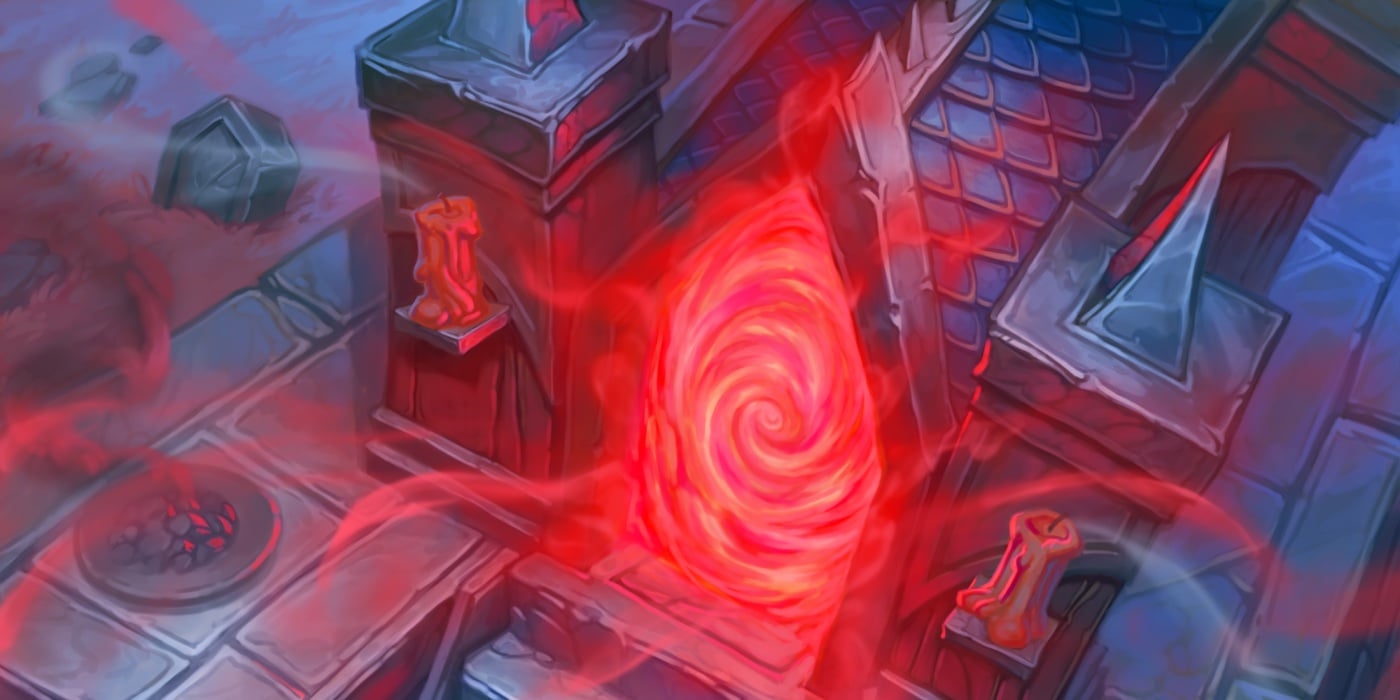
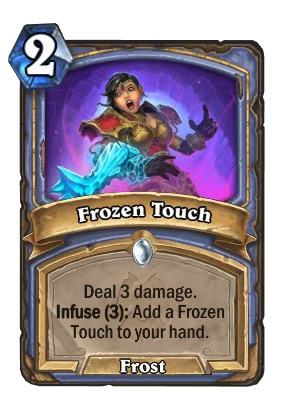

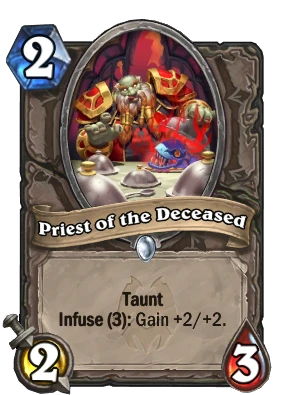


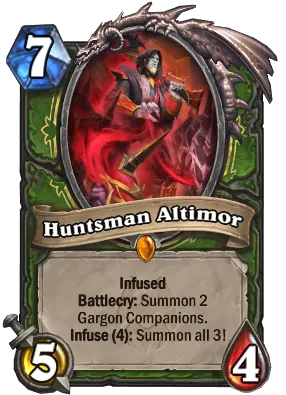


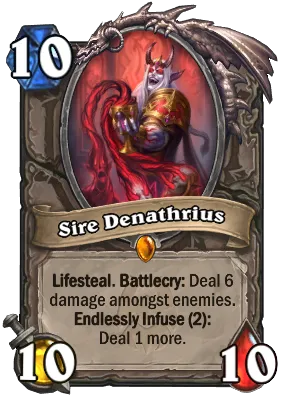
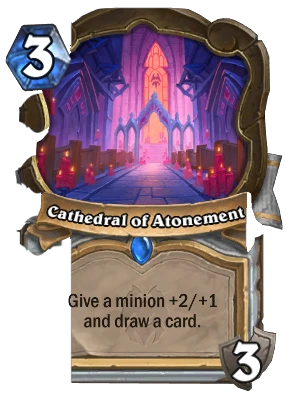
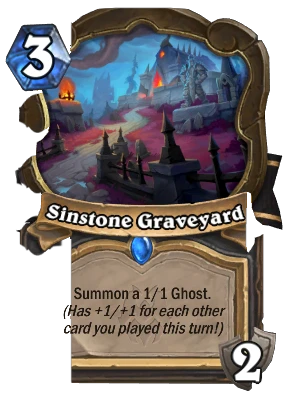
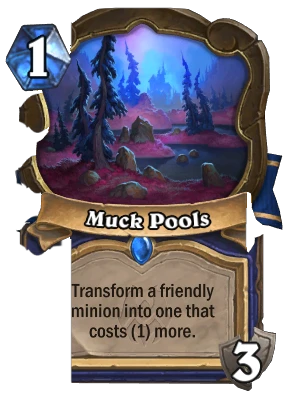
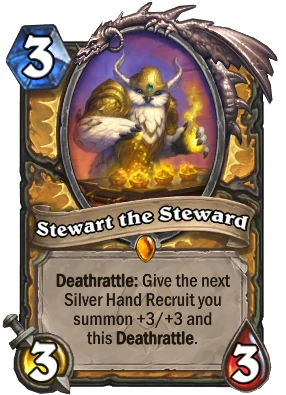
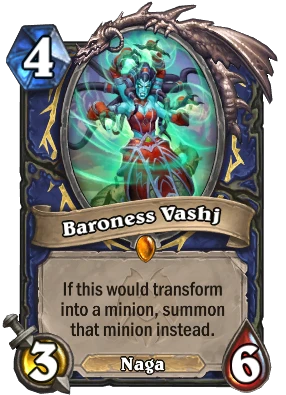
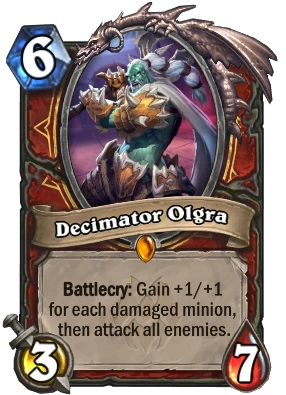
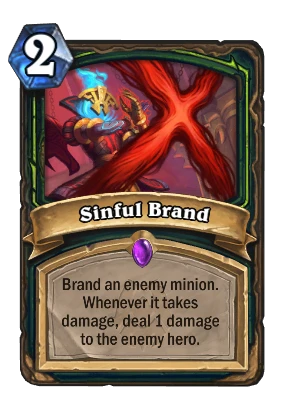
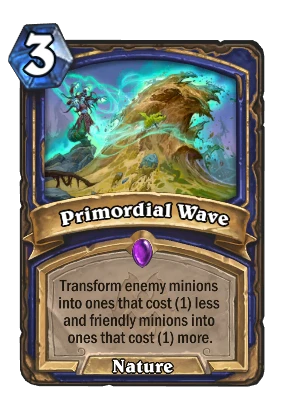

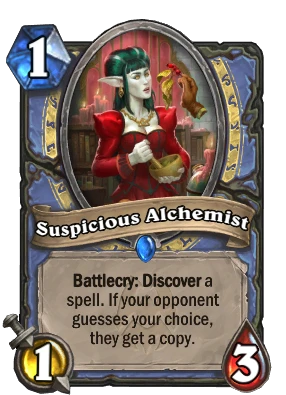
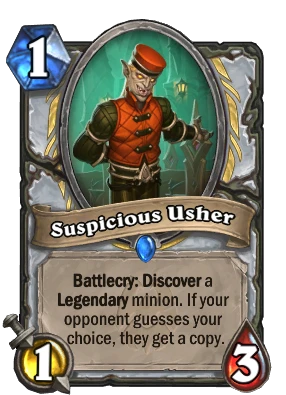
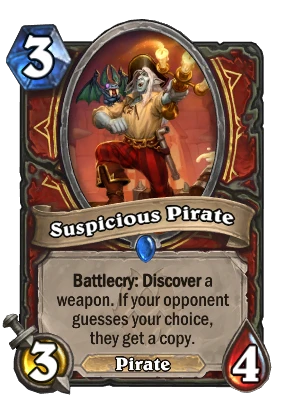
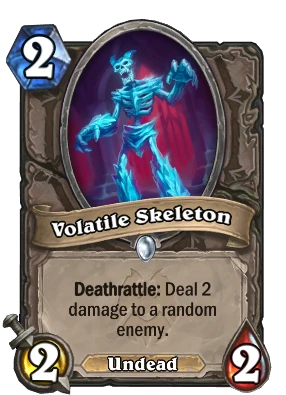
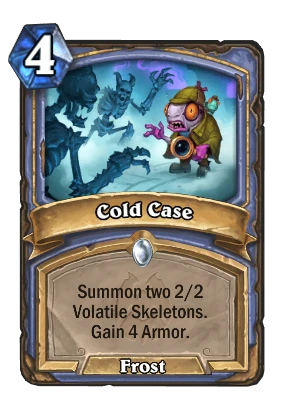
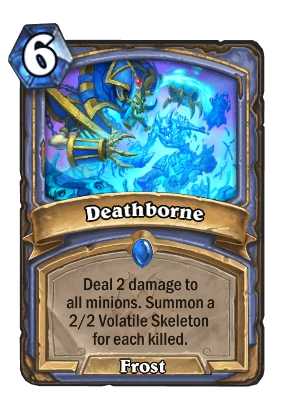
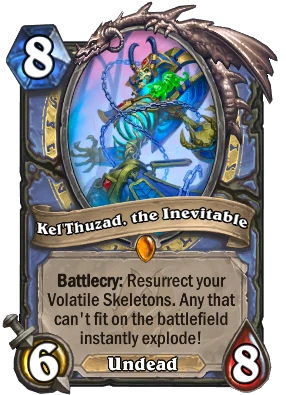
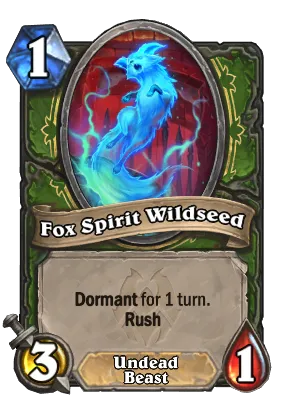
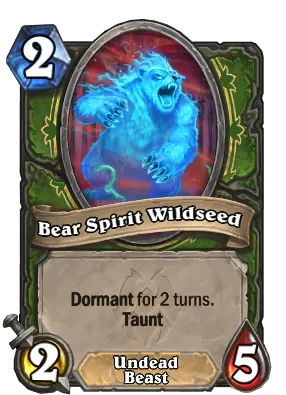
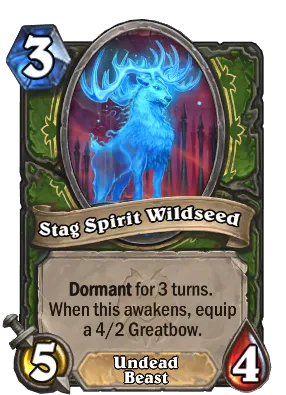
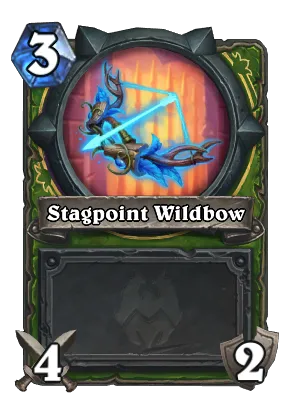

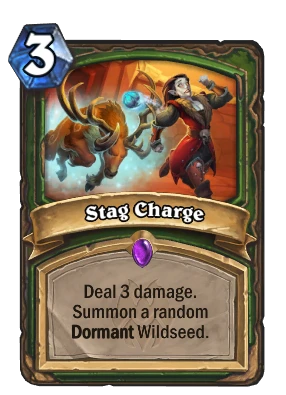
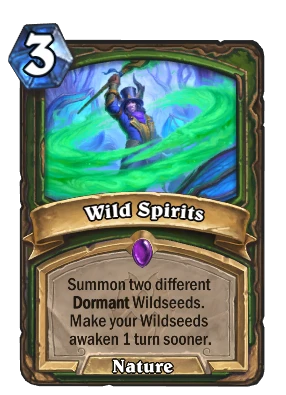


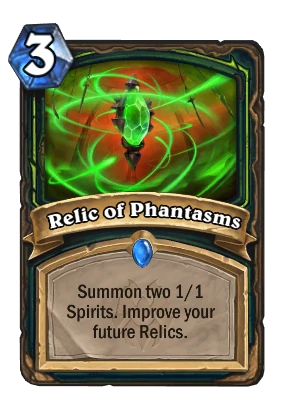
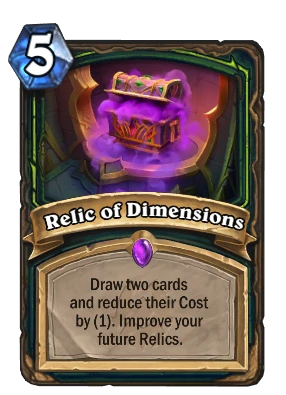
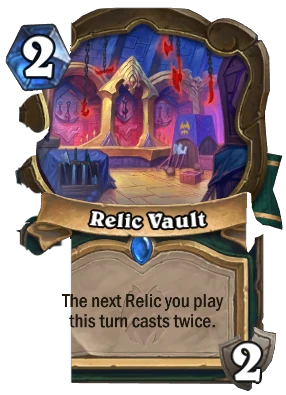
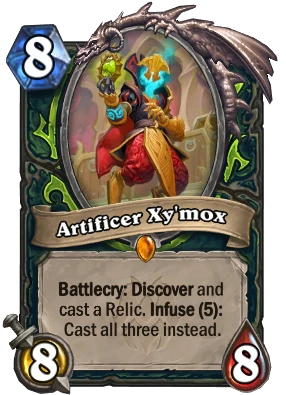
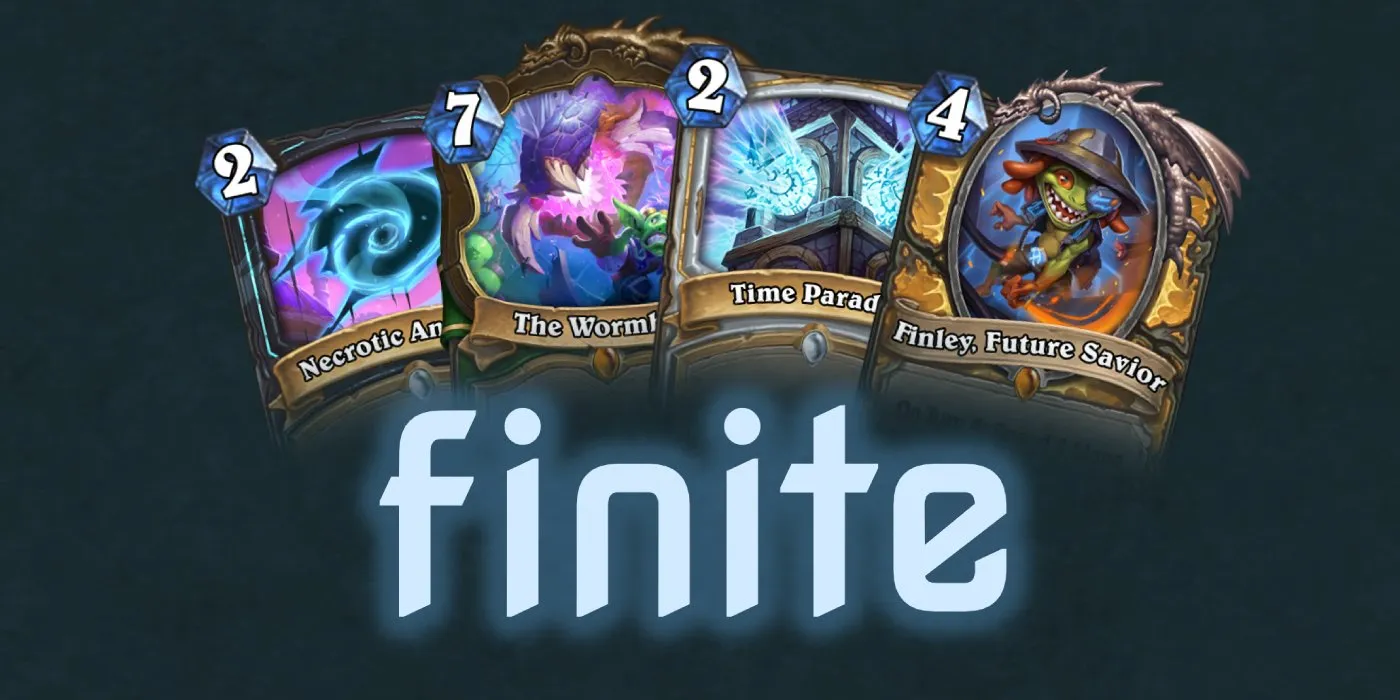
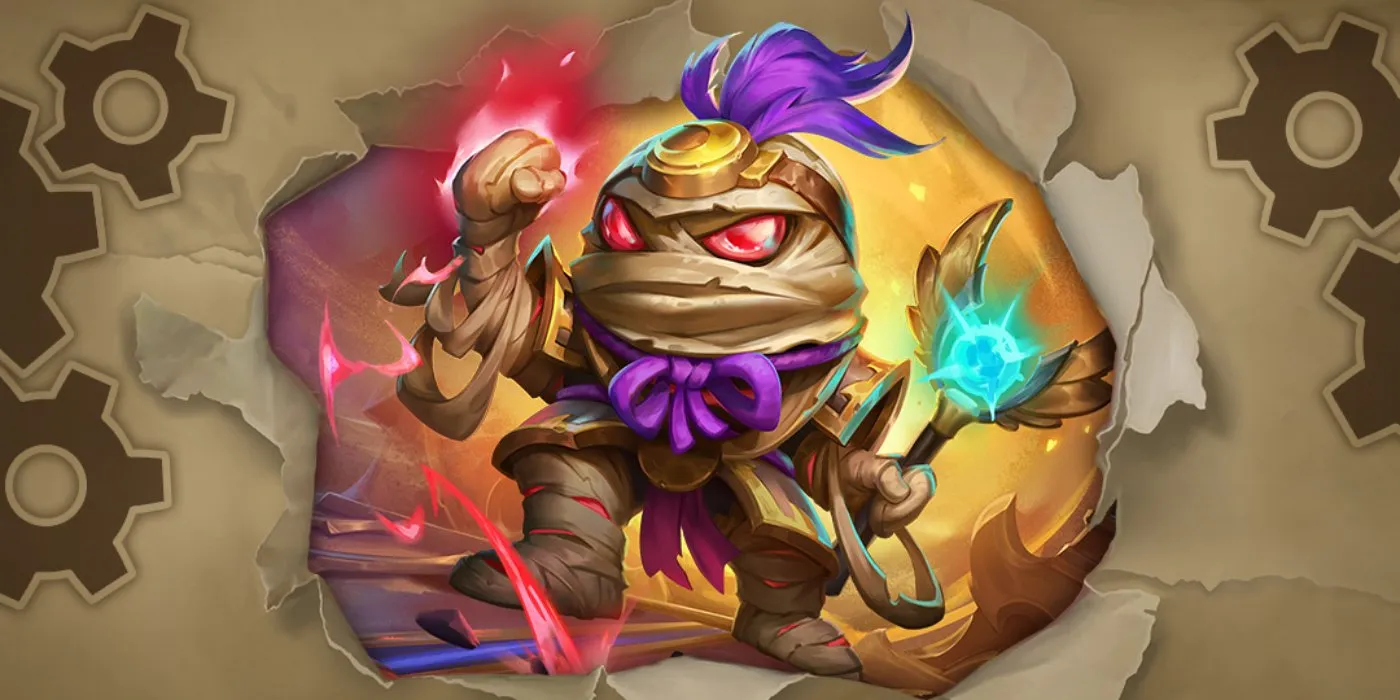
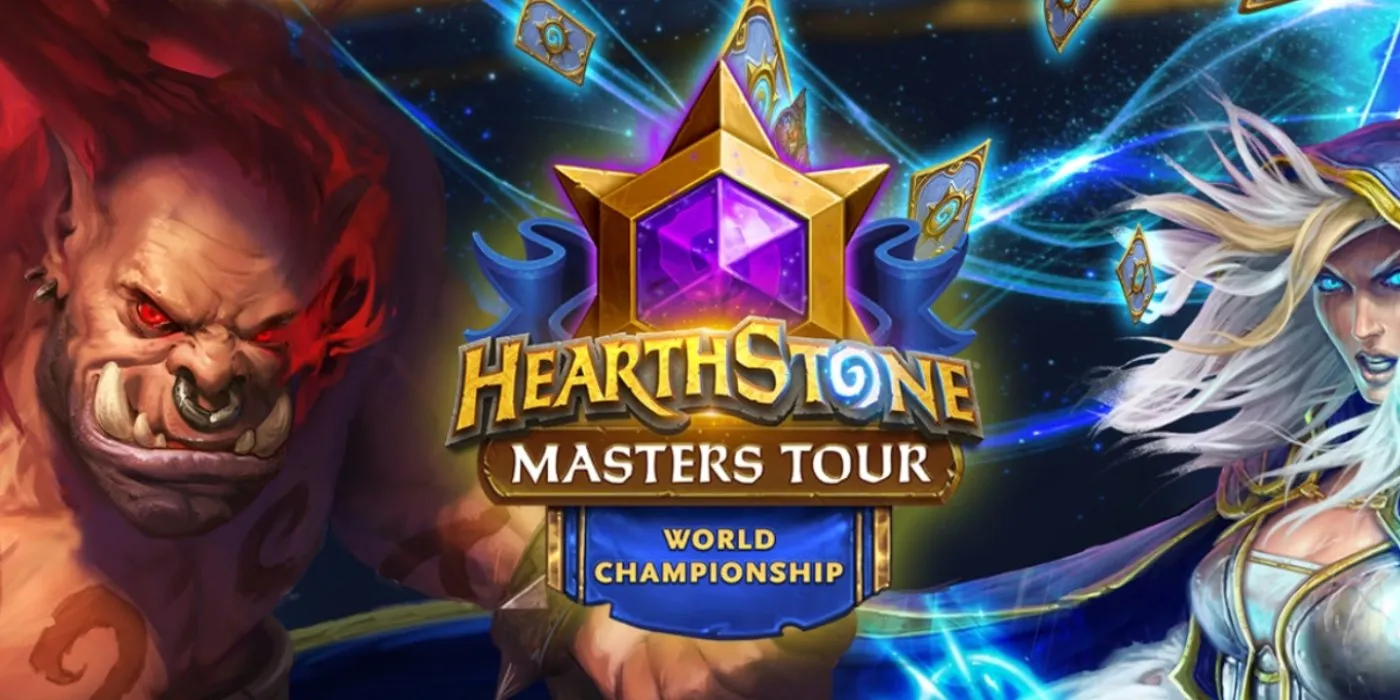
Comments
Wait, does Incanter's Flow really discounts cards that are added into the deck after it is cast?
No, not really, but I see why my choice of words confused you: I will replace this sentence with another so that we'll be able to convey the message in a better way.
Avalon, you and your crew do so many fine articles such as this one. It can't be said enough... Thank you for explaining in such detail and with links whatever subject you guys detail. Top shelf fan site!
I cannot explain with words how happy I am when I read comments like this.
Although this isn't our main occupation, we all try to infuse (pun intended) as much effort as possible into our content: seeing that users appreciated it makes me very proud!
Wooah, so many things to try, and yet, I couldn't shake these feelings of Celestial Alignment domination, and turning all those new mechanics useless.
It's time to actually answer those unfun druid deck and let us enjoy the new expansion. Oh and QL Hunter too. 0 cost HP too easy to win the game.